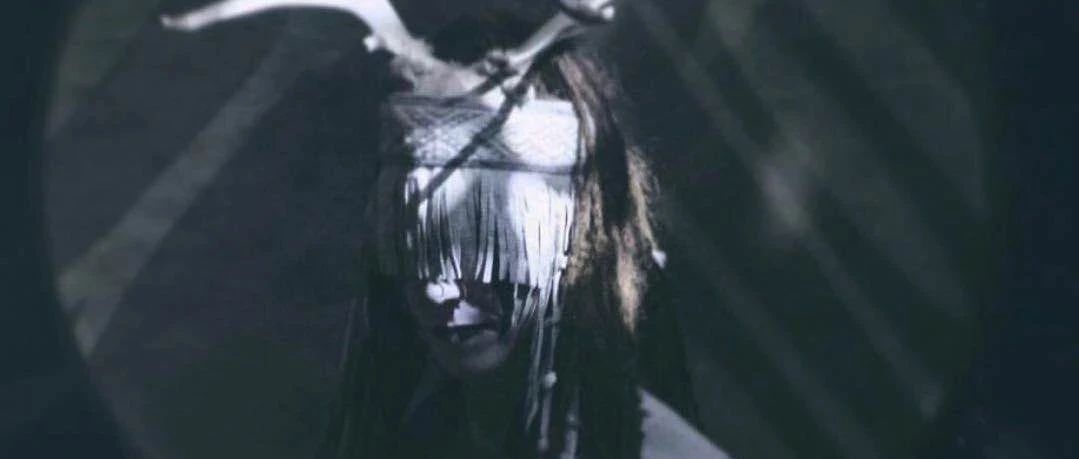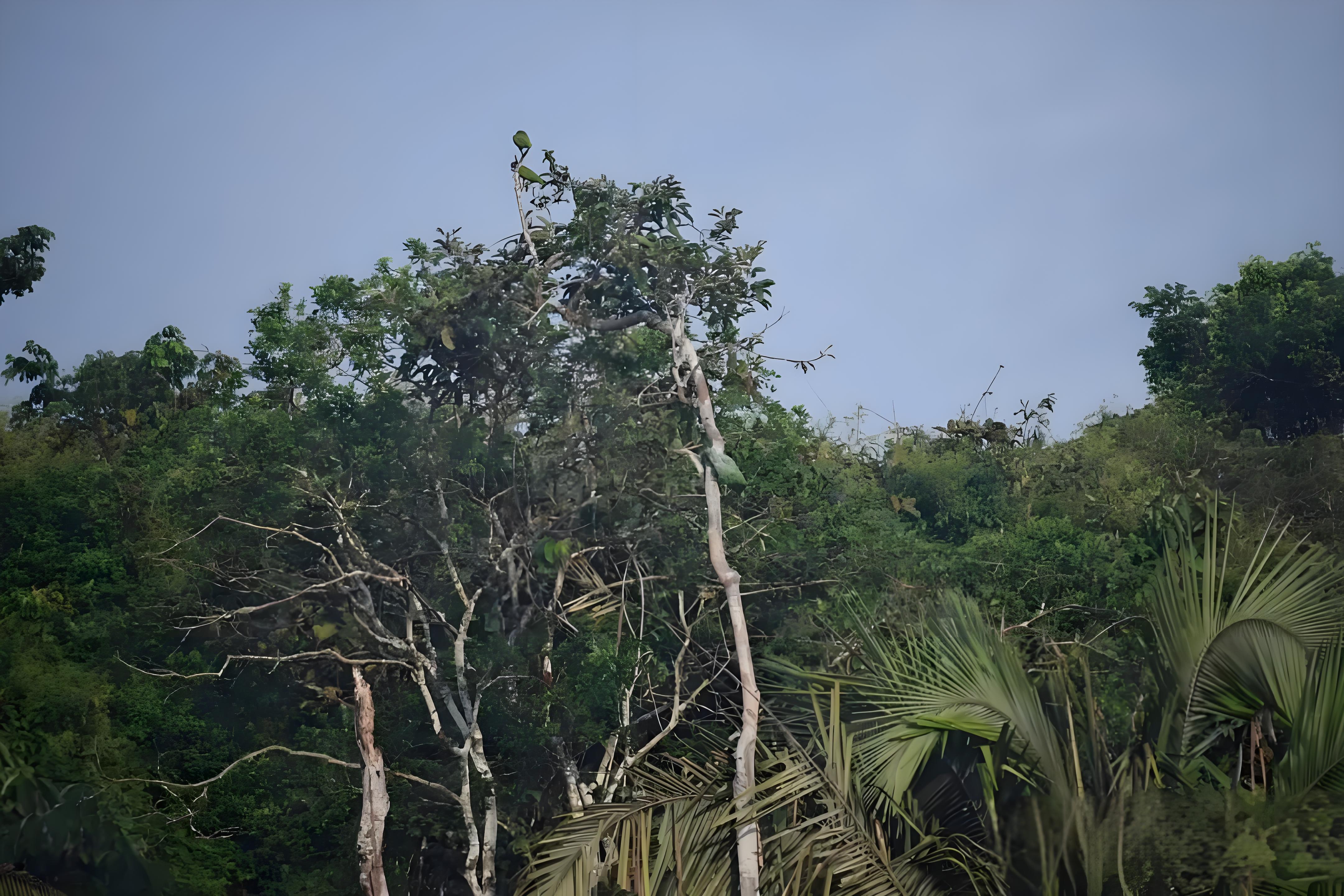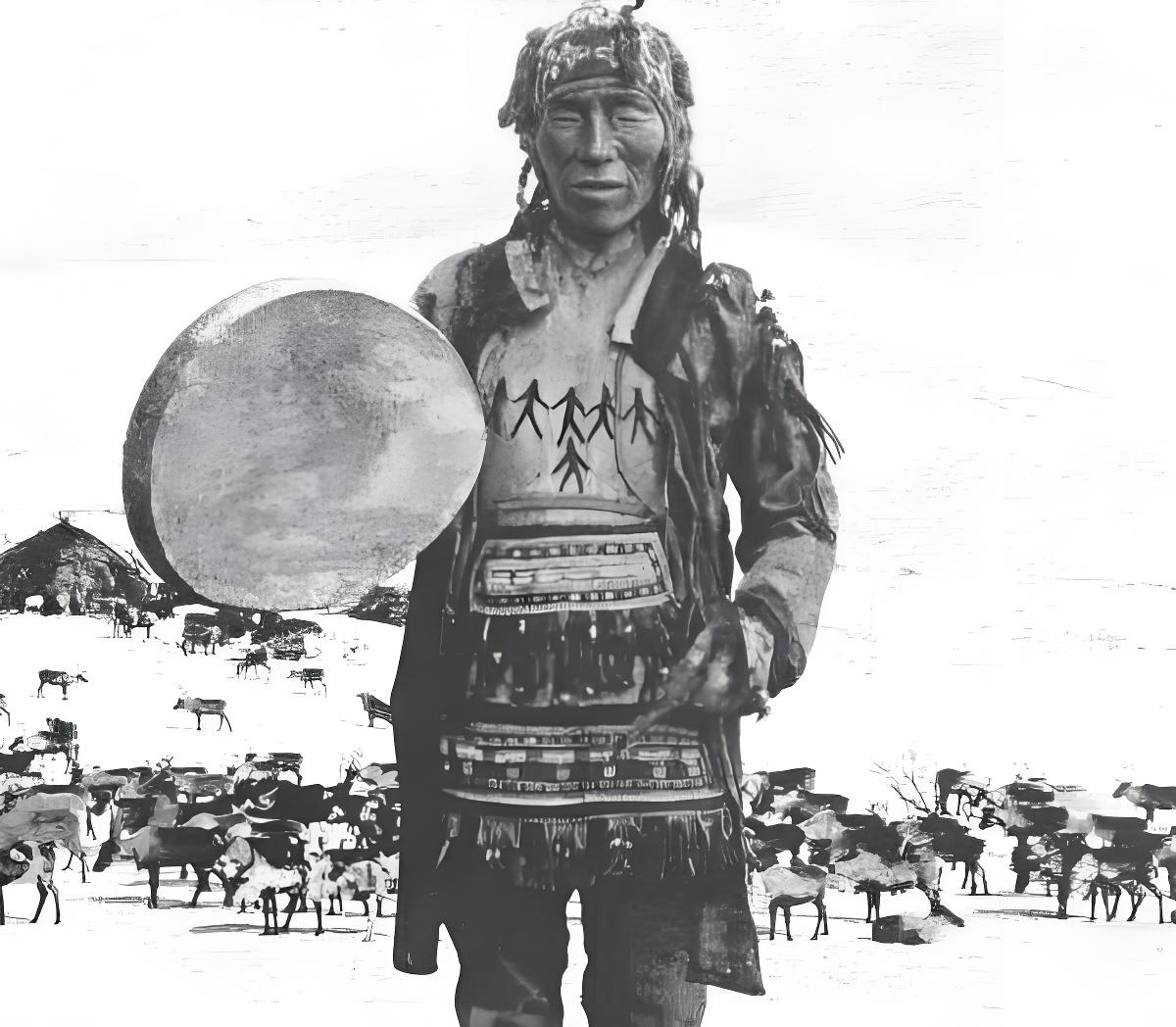
The Enchanting World of Tarot: Unveiling Subconscious Insights
Exploring the intersection of ancient mysticism, psychology, and self-discovery

The Origins and Evolution of Tarot
The story of tarot begins in the 15th century Italy, where it emerged as an elegant card game for the elite. The Visconti-Sforza Tarot, created around 1450, stands as one of the earliest and most intact decks, a testament to its artistic and cultural significance. It wasn't until the 18th and 19th centuries that mysticism scholars uncovered its deeper layers, recognizing the symbolic power embedded in its imagery—far beyond mere entertainment.
Today, tarot has evolved into a dynamic tool reflecting diverse perspectives. Decks like the Native American Tarot, Herbal Tarot, Dragon Tarot, and Japanese Tarot showcase how this ancient practice adapts to modern consciousness, inviting new generations to explore its mysteries.

Tarot as a Mirror to the Subconscious
At its core, tarot serves as a bridge to the subconscious—the hidden realm of emotions, memories, and instincts that shape our lives. Freud highlighted the subconscious' creative and irrational nature, and tarot acts as a tool to tap into this reservoir. Take the Five of Swords, for example: one person might see a triumphant conqueror, while another envisions a mediator seeking peace. These varied interpretations aren't random; they're reflections of our inner narratives, projected onto the cards' universal symbols.
This process mirrors psychological tools like the Rorschach Inkblot Test, where ambiguity becomes a canvas for subconscious expression. Tarot's strength lies in this duality: it's both deeply personal (a mirror for your unique experiences) and universally resonant (capturing shared human themes of love, loss, growth, and transformation).

Symbols, Stories, and the Spiritual Guide Within
Cards like The Empress, with her lush imagery of abundance and life, embody archetypal energies that resonate across cultures and eras. When we engage with tarot—shuffling, cutting, and interpreting—we're not just engaging in a mechanical process. We're inviting a dialogue with what the article calls our "spiritual guide"—that inner wisdom often overshadowed by rational thought.
Think of tarot as Dumbo's magic feather: a catalyst to access your innate power. The cards help you quiet the mind and tune into intuition, revealing insights that align with your deepest desires and truths. It's not about predicting the future rigidly but about uncovering hidden perspectives and empowering choices.
Why Tarot Matters in Modern Self-Discovery
In a world dominated by logic and quick fixes, tarot offers a sacred pause—a space to reflect, question, and reconnect with oneself. It reminds us that wisdom doesn't always come from the mind; sometimes, it whispers from the heart and the subconscious depths.
Whether you're a skeptic or a seeker, tarot's allure lies in its simplicity and depth. It's a tool for anyone brave enough to look inward, decode symbols, and embrace the journey of self-discovery. After all, the most profound readings aren't about the cards—they're about the light they shine on your own inner world.
Article Summary
This exploration of tarot delves into its historical roots as a 15th-century Italian card game, its transformation into a mystical tool, and its psychological significance as a gateway to the subconscious. Key themes include:
- The role of tarot imagery in triggering subconscious projections, similar to psychological mapping tools like the Rorschach Test.
- The balance between personal interpretation and universal archetypes, making tarot a shared language of human experience.
- The concept of the "spiritual guide"—the inner wisdom accessed through tarot, helping individuals navigate life's questions with intuition and self-awareness.
- Tarot as a metaphorical "magic feather," empowering users to tap into their innate capabilities for self-discovery and growth.
Ultimately, tarot invites us to see beyond the surface, embracing the mystery within and around us as a path to deeper understanding and empowerment.




















